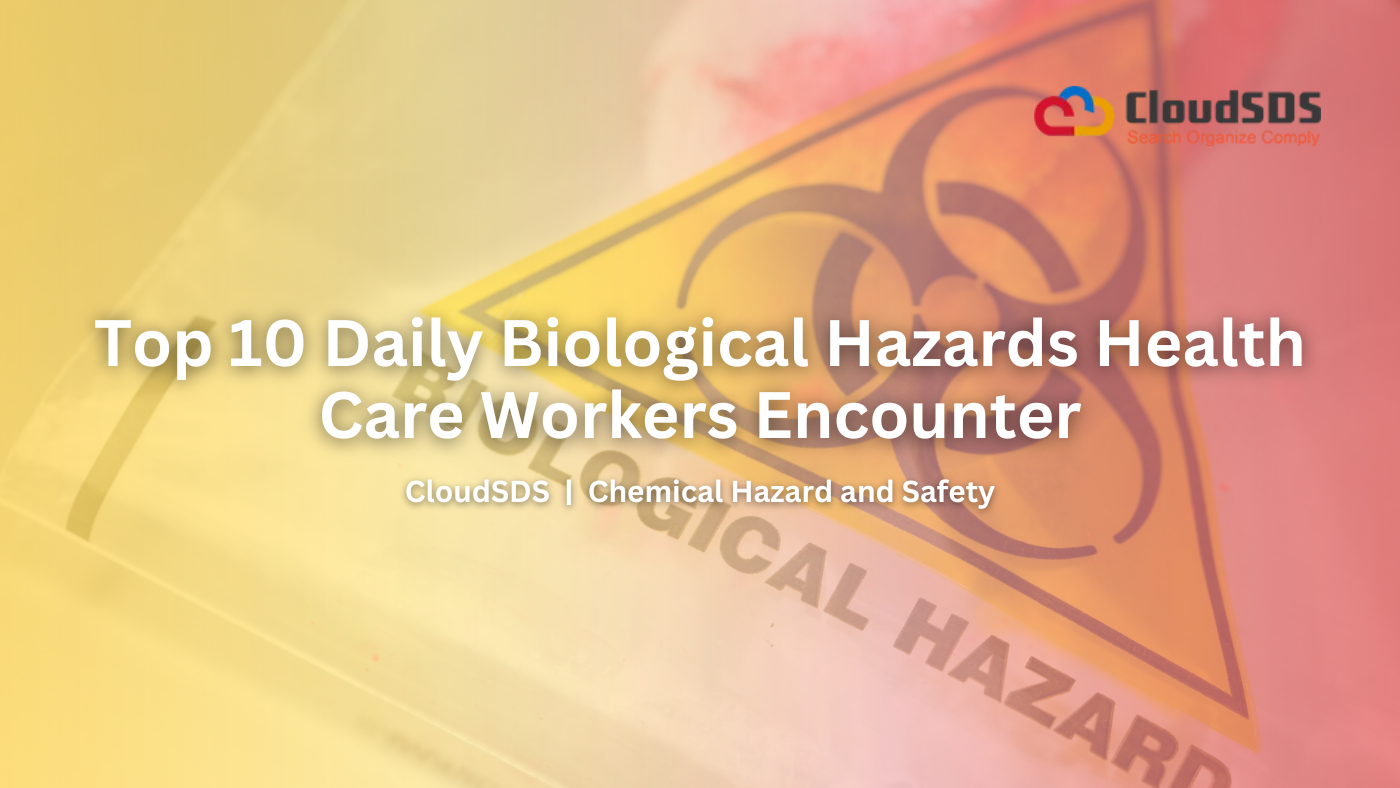Introduction
Beyond stethoscopes and scrubs, health care workers encounter a daily arsenal of biological hazards, from tiny terrors to highly contagious agents. These are not mere minor nuisances; we’re dealing with serious hazards such as bloodborne pathogens (consider HIV, Hepatitis B & C), airborne culprits such as tuberculosis, flu, and ubiquitous COVID-19, and contact-transmitted horrors such as MRSA and C. diff, many due to unanticipated needlestick exposure. The best part? Safeness is not rocketing science, but a dedication to strong prevention measures: strict hand hygiene, regular use of personal protective wear (PPE) such as gloves, masks, and gowns, strict vaccination regimens, safe sharps handling, and proper compliance with infection control. Finally, arming healthcare workers with these non-negotiable safety protocols isn’t merely best practice, rather, it’s a lifeline that will allow them to keep doing their important work without fear and keep us all well.
Navigating Biological Hazards: Essential Tips for Healthcare Workers
Healthcare workers encounter a wide range of biological dangers on a daily basis, from bloodborne pathogens to drug-resistant organisms. Active prevention programs are critical not only to ensure the safety of individual workers but also to ensure patient safety and a healthy care environment. This article summarizes the ten most common biological hazards in healthcare environments and describes practical steps to reduce risk.
1. Bloodborne Pathogens
Bloodborne viruses like hepatitis B virus (HBV), hepatitis C virus (HCV), and human immunodeficiency virus (HIV) are serious hazards through needlestick injury or exposure to infected body fluids.
Prevention:
- Follow standard precautions by handling all blood and body fluids as potentially infectious
- Utilize safety-engineered sharps and discard needles directly in puncture-resistant containers
- Institute a comprehensive needle-stick injury reporting and follow-up system
2. Tuberculosis (TB)
Airborne Mycobacterium tuberculosis is contagious when an infected patient coughs or sneezes, posing risk to staff in close proximity or poorly ventilated areas.
Prevention:
- Screen for respiratory symptoms in patients and isolate suspects in negative-pressure isolation rooms
- Use N95 respirators for health workers when attending TB patients
- Perform yearly TB testing and provide prophylactic treatment for exposed staff
3. Influenza and Other Respiratory Viruses
Seasonal flu, respiratory syncytial virus (RSV), and coronaviruses (e.g., SARS-CoV-2) are present extensively in clinical settings, causing absenteeism and complications in patients.
Prevention:
- Encourage annual influenza vaccination with high coverage among employees
- Implement respiratory hygiene practices: surgical masks for symptomatic individuals and workers, hand hygiene upon disposal of tissues
- Utilize air filter systems and ensure good ventilation
4. Staphylococcus aureus (Including MRSA)
Methicillin-resistant Staphylococcus aureus (MRSA) and methicillin-susceptible Staphylococcus aureus (MSSA) cause skin and soft tissue infections, pneumonia, and bacteremia.
Prevention:
- Screen patients at risk for MRSA colonization upon admission
- Use contact precautions: gown and gloves when entering the rooms of colonized or infected patients
- Practice careful environmental cleaning of high-touch surfaces with EPA‐approved disinfectants
5. Clostridioides difficile
difficile spores remain viable on surfaces for months and induce antibiotic-associated diarrhea and colitis, most commonly in hospitalized individuals
Prevention:
- Limit the use of unnecessary antibiotics to decrease dysbiosis
- Isolate patients known or suspected to be infected and disinfect rooms and equipment with sporicidal agents
- Clean hands with soap and water strenuously because alcohol-based hand sanitizers are ineffective against spores
6. Blood and Body Fluid Splashes
Splash exposures to mucous membranes (nose, mouth, eyes) during procedures have the potential to spread viruses and bacteria.
Prevention:
- Wear face shields, goggles, or full-face masks when performing high-risk procedures (e.g., intubation, suctioning)
- Use fluid-resistant gowns and gloves
- Use safe specimen handling and transport techniques
7. Multidrug-Resistant Gram-Negative Bacteria
Germs like Klebsiella pneumoniae, Pseudomonas aeruginosa, and Acinetobacter baumannii increasingly develop multiple antibiotic resistances, which makes treatment more difficult.
Prevention:
- Adhere to antimicrobial stewardship programs for maximizing antibiotic choice and duration
- Use contact precautions akin to MRSA protocols
- Implement environmental surveillance and rapid identification for controlling outbreaks
8. Contamination Due to Sharps and Needlesticks
In addition to recognized bloodborne pathogens, sharp injuries expose individuals to other agents (e.g., cytotoxic drugs, bacterial cultures).
Prevention:
- Eliminate unnecessary sharps using needle-less systems and blunt suture needles where appropriate
- Dispose of sharps in convenient point-of-use sharps disposal containers
- Staff should be trained in safe disposal practices and have compliance audits enforced
9. Surgical Smoke Plume
Electrosurgery and laser procedures produce smoke that may include viable viral particles (e.g., human papillomavirus), chemicals, and particulates.
Prevention:
- Employ local exhaust ventilation or electrosurgical smoke evacuators with ultra-low penetration air (ULPA) filters during electrosurgery
- Provide personnel with properly fitted respirators when working around plume in enclosed areas
- Enforce a no-smoke policy and daily equipment maintenance
10. Fungal Pathogens
Opportunistic fungi such as Candida spp. and Aspergillus spp. infect immunocompromised patients and may colonize ventilator circuits, catheters, and central lines.
Prevention:
- Institute strict catheter and line care regimens, such as chlorhexidine skin antisepsis
- Monitor and control humidity levels and hospital air filtration in high-risk wards
- Educate the staff on the early detection of fungal infections and the prompt use of antifungal therapy

Leave A Comment